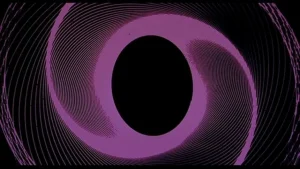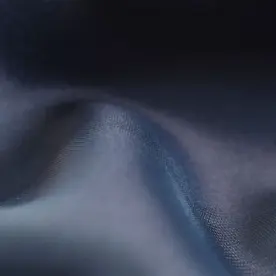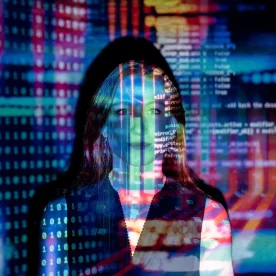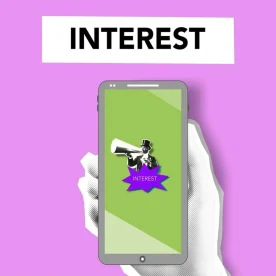
The term Computer Generated Imagery (CGI) is a broad definition term that can easily become confusing and daunting when it comes to its use in business. Often the term is associated with modern blockbuster movies while, in reality, the first film featuring CGI was created in 1958 by non-other than directing legend Alfred Hitchcock. With sporadic use in the ‘70s and ‘80s with films such as Westworld and Tron, it wasn’t until the early ‘90s where the likes of Terminator 2 and Jurassic Park really brought CGI into the mainstream consciousness.
CGI Images
This is the bread and butter for business use – gone are the days of expensive photography shoots involving building and taking down sets. CGI allows you to build a library of rooms to re visit, re dress or simply re-utilise every time a new product is launched. The flexibility of using virtual sets also allows for tailored images to suit your target audiences – if you want to see a product in a 40 story penthouse apartment in Dubai or a simple bungalow in Manchester there really are no limits.
CGI Animation
While blockbusters are of course an option – traditionally CGI animations started out as 2D, and while they still have their place in digital marketing the advances in modern technology allow us to create incredibly realistic 4K and even 8K digital animations of virtually anything. Many online retailers have developed “How To” videos and instructional marketing tools to help retailers, customers and trades persons alike. The beauty of CGI instructional videos is that they can showcase inner working mechanisms to sell your product without having cumbersome camera angles or requiring physical people to work with the product. This allows clear and concise instructions for your customers.
Check Out Part 2
Join us for part 2 in this series, where we will be looking at future technologies and how you can keep your digital marketing ahead of the crowd.
Drop us a line, e-mail paul@thecgipeople.co.uk for info on how we can help.






